Speculations with Solidarity – Waiting in the Test Pattern
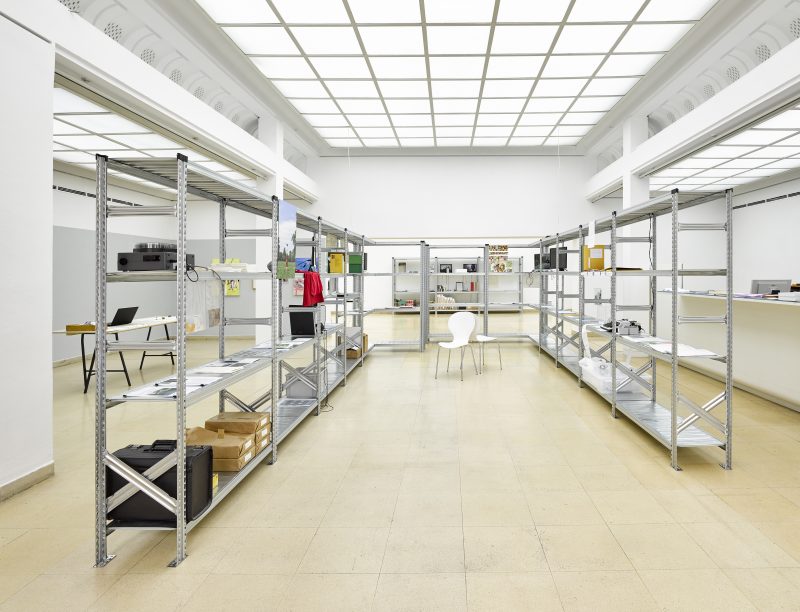
Members’ exhibition
Maria Theresa Barbist, Patrick Baumüller, Matthias Bernhard, Wolfgang Capellari, James Clay, Elisabeth Daxer, Renate Egger, Christopher Eymann, Robert Freund, Robert Gfader, Sabine Groschup, Günter Gstrein, Bernhard Gwiggner, Michael Hedwig, Christoph Hinterhuber, Alois Höfer, Stefan Klampfer, Michael Klingler, Matthias Krinzinger, Margareta Langer, Dieter Manhartsberger, Milena Meller, Monika Migl Frühling, Gerald Kurdoğlu Nitsche, Maria Peters, Antonia Petz, Inge von Reusner, Angelica Schapfl, Nora Schöpfer, Charlotte Simon, Christiane Spatt, Turi Werkner, et al
Curated by Sofie Mathoi
Speculations with Solidarity
Waiting in the Test Pattern
When taken in an art context, the concept of speculation mirrors numerous associations. Clearly, it is linked to the speculative value of an artwork on the art market. But we can also see the process towards the artwork as an end product as speculation. And there are speculations that artists enter into with themselves, when they make the professional decision to become artists, for example. Producing an application for project funding, a submission for an exhibition are also speculations founded on the expenditure of immaterial work and time. Subsequently, there will be conjectures about whether the work(s) shown will find favour, or the place and time have been well-chosen, about the appearance of criticism and reviews in the press or specialist journals. Often alone, sometimes collectively – in the shape of cooperations or groups – these joint experiences of speculative processes connect a professional group that works within a network, exchanging views and ideas, and so practising such speculations with solidarity. Acting according to the -isms of acquired strategies, the concept of autonomy is linked to speculation in a state of waiting – for feedback, for a response providing certainty with regard to a competition, an exhibition, project funding etc. – for an occurrence with its full and direct impact. Continuity of development is found in the waiting, this interim stage of the continual plan.
The work develops, changes, grows, even if it disappears into a drawer or into the archives, it often comes to mind again after years; waiting for continuation, revision or simply the right moment. The contributions to this exhibition show up artists’ individual methods and work processes, the ones that lie behind their respective artworks. Images of inner processes, often the sole factor revealing production, are set against the administrative effort, communications, bureaucratic stipulations, trials, recordings, models and sketches; the documentation of realisation, or even the necessary utensils for a re-enactment, a repetition or revival. A variety of work and approaches is shown, as the outcome of a self-empowering experiment independent of tenders and open calls.
The exhibition shows project designs, submissions, realisations and models in a documentary presentation similar to a show depot. Visitors can wander through the evolution processes like researchers, can fathom and question the stories behind the works, from the idea to the “product”, a re/construction of reality. What emerges is a store, a database, a structure of information gathering together segments, transcripts, and rewritings. Potential means of conveying co-productive processes are created. It is about sharing subjective forms of knowledge and experience and understanding these as learning processes. In the midst of criticism and relating to art and the artistic as inventive potentiality, a productive space of physical encounters is created, which concentrates on the working conditions and the socio-cultural and economic nexus of the production processes and beyond – generating chaos by embodying wilfulness rather than seeking attention, in order to achieve something which has been generated through effort, which appears as a shimmer on a horizon teeming with possibilities.
What does a member of the professional association Tiroler Künstler*schaft expect from a members’ exhibition? To be part of this exhibition, of course. But how do you get chosen, how does this process come about? Is it about becoming part of a network in order to try out alternative strategies, to exchange information, to question existing paradigms in solidarity, and possibly think differently? About decentralizing your own ego in favour of comprehensive networking – or does membership entitle you to participate in the exhibition and found an exclusive antisocial community? Who is selected to join in? Who decides? Whose story will become part of the archive? Is it still open, does it depend on communication, drive, or pure chance? This is where the focus lies: in the process, the development and not in the end product. Everything is open until the end, until deconstruction to make space for something new.
Sofie Mathoi
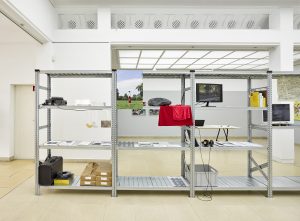
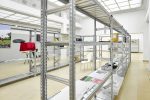
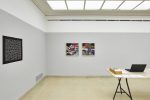
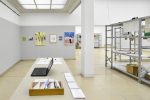
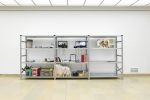
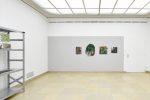
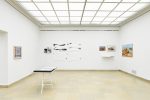
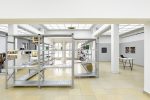
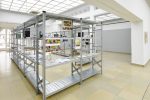
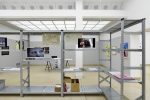
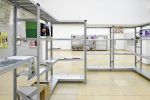
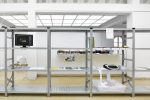
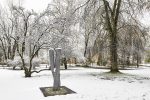
Sofie Mathoi